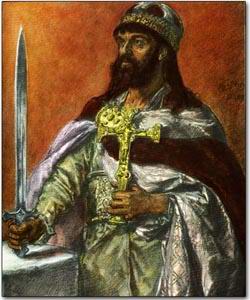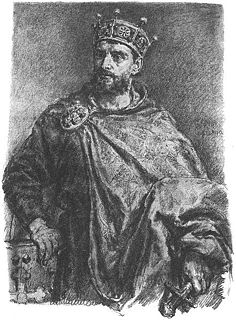Judith of Poland, was a Polish princess member of the House of Piast and by marriage Margravine of Brandenburg.

Bolesław III Wrymouth, was a Duke of Lesser Poland, Silesia and Sandomierz between 1102 and 1107 and over the whole Poland between 1107 and 1138. He was the only child of Prince Władysław I Herman and his first wife Judith, daughter of Vratislaus II of Bohemia.

Zbigniew, was a Prince of Poland during 1102-1107. He was first-born son of Władysław I Herman and probably Przecława, a member of the Prawdzic family.
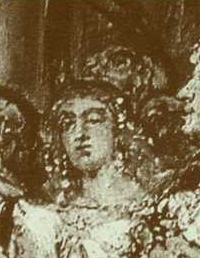
Bezprym was a Duke of Poland from 1031–1032.
Leszek of Masovia was a Polish prince from the Piast dynasty, the Duke of Masovia from 1173 until his death. He was the only son of Bolesław IV the Curly, Duke of Masovia and High Prince of Polan, who survived father. After his father death he inherited Masovia. At the beginning, Leszek ruled under the guardianship of his uncle Casimir II the Just. He was a man of poor health. For a short time he supported his other uncle, Mieszko III the Old, but later decided to reconciled with Kazimierz II, who after Leszek's death inherited his duchy.

Helena of Znojmo, was a Bohemian princess, a member of the Přemyslid dynasty. She was the daughter of Duke Conrad II of Znojmo and his Serbian wife Maria of Rascia. Helena was probably named after her maternal aunt, Queen Helena of Hungary, wife of King Béla II.
Konrad Laskonogi, was a Duke of Głogów since 1177 until his death.
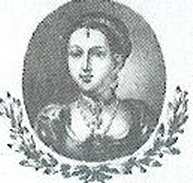
Judith of Hungary was a Hungarian princess and member of the House of Arpad. She was briefly married to Bolesław Chrobry, member of the House of Piast, who ruled Poland at that time.
Mieszko Kazimierzowic was a Polish prince member of the House of Piast. According to some scholars, he was probably Duke of Kuyavia since 1058 until his death.

Casimir II the Just was a Lesser Polish Duke of Wiślica from 1166–1173, and of Sandomierz after 1173. He became ruler over the Polish Seniorate Province at Kraków and thereby High Duke of Poland in 1177; a position he held until his death, though interrupted once by his elder brother and predecessor Mieszko III the Old. In 1186 Casimir also inherited the Duchy of Masovia from his nephew Leszek, becoming the progenitor of the Masovian branch of the royal Piast dynasty, and great-grandfather of the later Polish king Władysław I the Elbow-high. The honorific title "the Just" was not contemporary and only appeared in the 16th century.
Świętopełk Mieszkowic, was a Polish prince member of the House of Piast.
Otto Bolesławowic (1000–1033) was a Polish prince and member of the House of Piast.
Dobroniega Ludgarda of Poland was a Polish princess, Margravine of Lusatia by marriage to Theodoric I, Margrave of Lusatia.

Agnes of Poland, was a Polish princess member of the House of Piast and by marriage Princess of Pereyaslavl and Volynia and Grand Princess of Kiev since 1168.
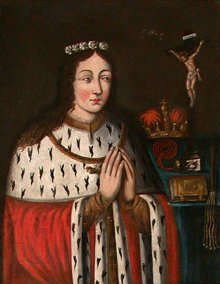
Adelaide of Poland , was a Polish princess and member of the Piast dynasty.
Bolesław of Dobrzyń, was a Polish prince, member of the House of Piast. He was Duke of Dobrzyń during 1312-1327 and Duke of Łęczyca since 1327 jointly with his brother.
